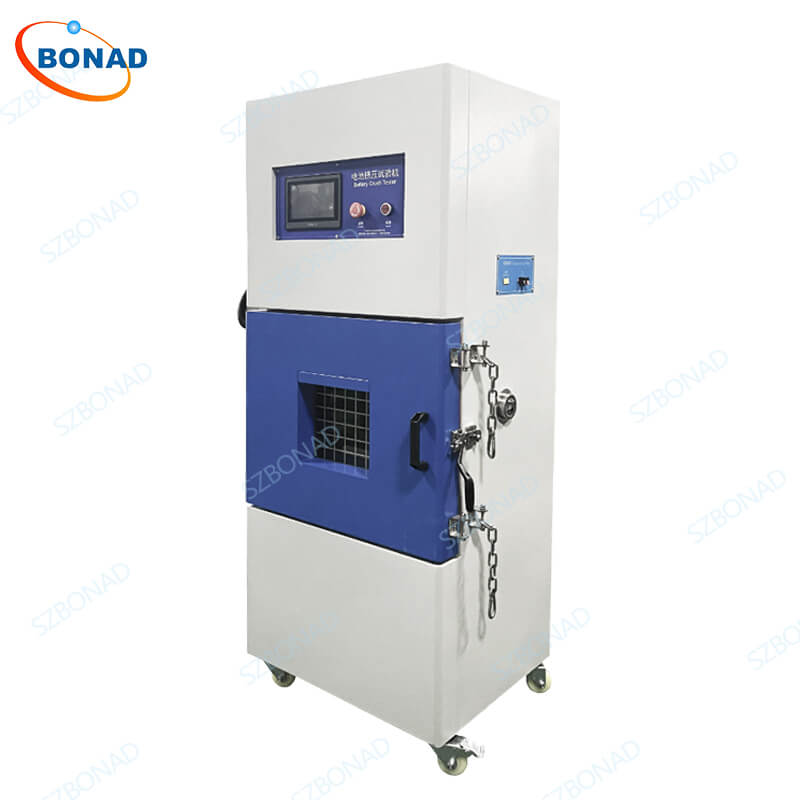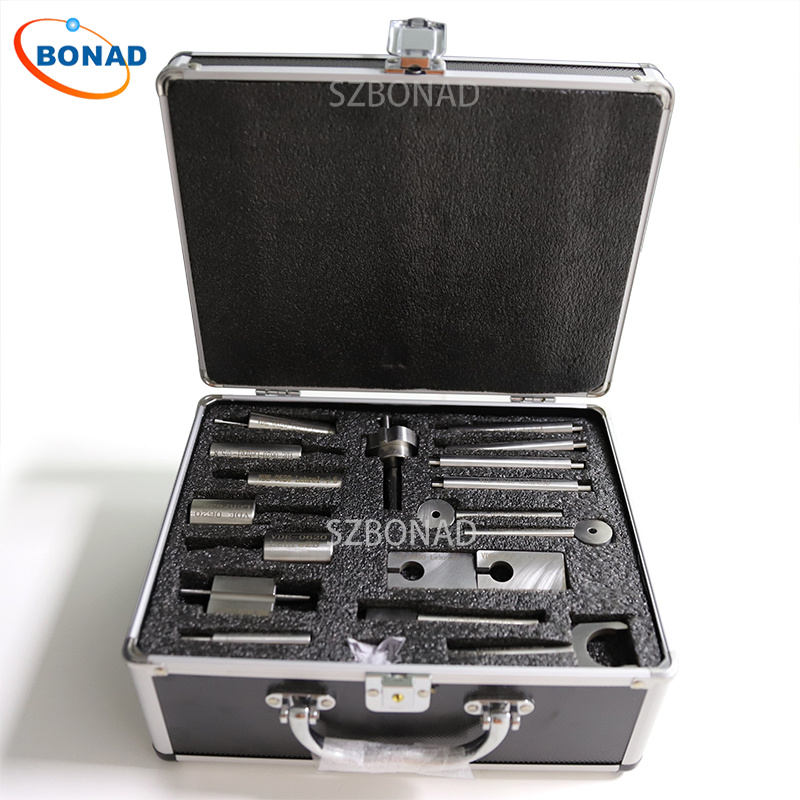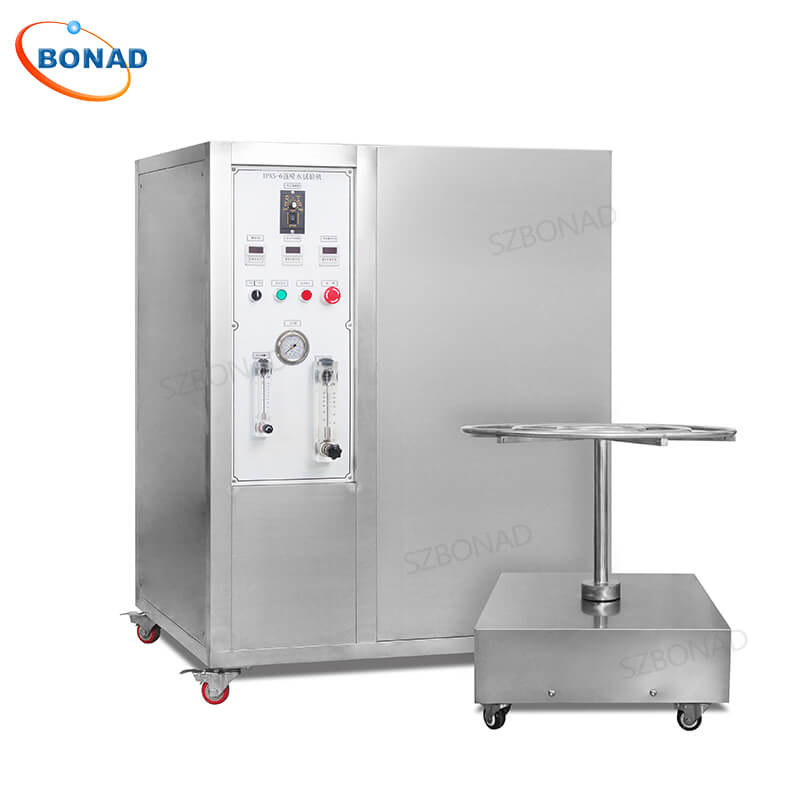Batteries power everything from smartphones to electric vehicles (EVs), but their safety hinges on rigorous testing. Global battery safety testing standards ensure manufacturers meet strict criteria for performance, durability, and risk mitigation. This article explores key regulations, advanced testing equipment, and practical safety tips to safeguard users and industries.
Key Battery Safety Testing Standards
To minimize risks like overheating, explosions, or leaks, global standards govern battery design, production, and transportation:
- IEC 62133 – International safety benchmark for rechargeable lithium/nickel batteries.
- UL 1642 & UL 2054 – Critical for lithium cell and battery pack safety in consumer electronics.
- UN 38.3 – Mandatory for batteries in transport (air, sea, road) to prevent hazardous incidents.
- SAE J2464 – EV battery safety protocols for crash resilience and failure containment.
- UL 2271 – Safety standard for light electric vehicle (LEV) batteries.
- IEC 61960 – Performance criteria for rechargeable lithium batteries.
These standards ensure batteries withstand extreme conditions, from mechanical stress to thermal runaway.
Advanced Battery Safety Testing Equipment by BONAD
Compliance requires cutting-edge tools to simulate real-world hazards. BONAD’s solutions include:
1. Battery Safety Test Chamber
Mimics extreme temperatures and pressures per UN 38.3, ensuring safe lithium-ion transport.
2. Servo Computer Battery Crush Tester
Applies compressive forces aligned with IEC 62133 and UL 1642 to evaluate structural integrity.
3. Battery Heavy Impact Tester
Tests resistance to drops and collisions (UL 1642/UN 38.3), critical for EVs and industrial packs.
4. Battery Burning Tester
Assesses flame resistance (UL 1642) for consumer electronics like smartphones.
5. Battery Internal Short Circuit Tester
Simulates internal faults (IEC 62133) to prevent failures in portable lithium cells.
6. 8-Point Safety Evaluation
Future-focused tests for thermal stability, vibration tolerance, and environmental resilience.
Everyday Battery Safety Tips
Even certified batteries require careful handling:
- Store in cool, dry areas away from sunlight.
- Charge in ventilated spaces to avoid heat buildup.
- Avoid blocking vents to prevent overheating.
- Use protective gear when handling EV/industrial batteries.
- Keep away from children to prevent ingestion risks.
The Future of Battery Safety Testing
As solid-state and advanced lithium-ion batteries emerge, testing evolves:
- AI-Driven Monitoring: Predicts failures via real-time data analysis.
- Automated Systems: Streamline compliance with standards like SAE J2464.
- 8-Point Testing: Covers thermal, mechanical, and environmental risks holistically.
Why Compliance Matters
Battery safety testing isn’t optional—it’s a lifeline. By adhering to global standards and deploying equipment like battery crush test chambers, manufacturers protect users, enhance brand trust, and drive innovation.
Need Expert Guidance?
Contact BONAD to explore battery safety testing equipment tailored to your industry’s needs. Ensure compliance, minimize risks, and power progress safely.



